ROS for Beginners II: Localization, Navigation and SLAM
A practical approach to learn the foundation of mobile robots SLAM and Navigation with ROS
4.35 (1569 reviews)
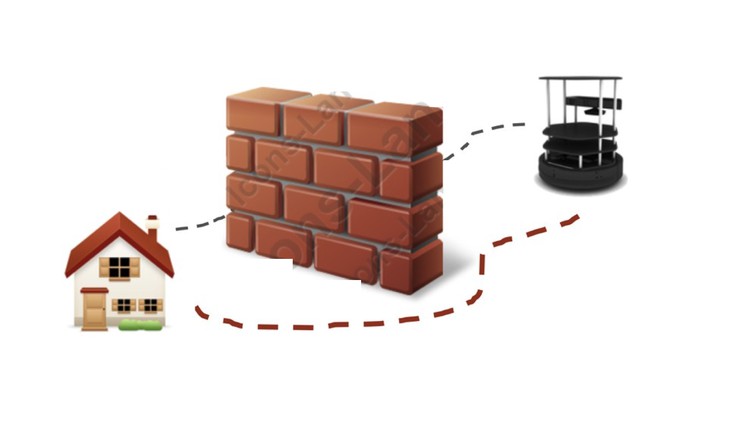
10,525
students
4.5 hours
content
Apr 2023
last update
$109.99
regular price
What you will learn
Theoretical foundations of 2D and 3D localization
Transformation between frames in 2D and 3D Spaces
The powerful feature of the tf package to represent frames and perform transformation and localization
Theoretical foundation of localization and mapping (SLAM)
Background on navigation concepts (global path planning, local path planning, collision avoidance)
Difference between Map-Based Navigation and Reactive Navigation
The navigation stack of ROS (move_base, amcl, gmapping)
Screenshots
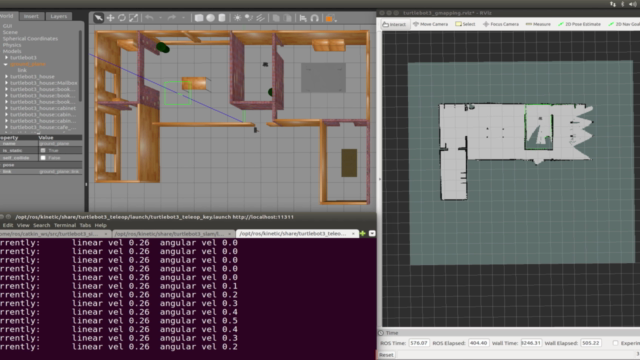
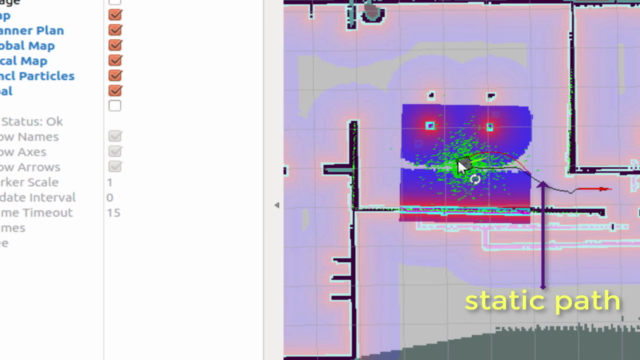
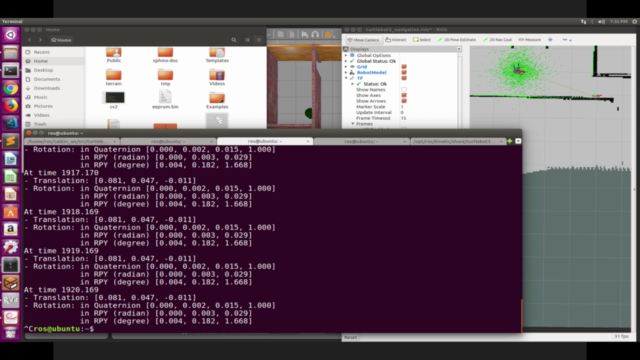
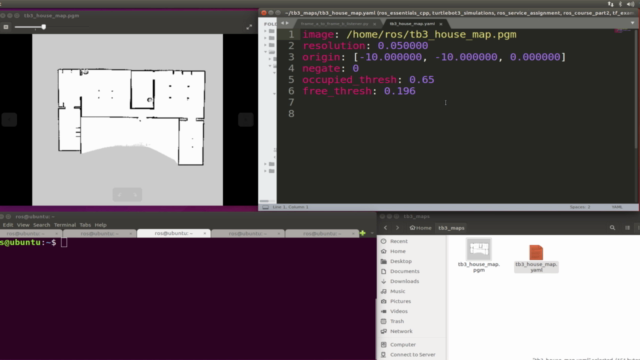
Related Topics
1912858
udemy ID
9/14/2018
course created date
8/22/2019
course indexed date
Bot
course submited by